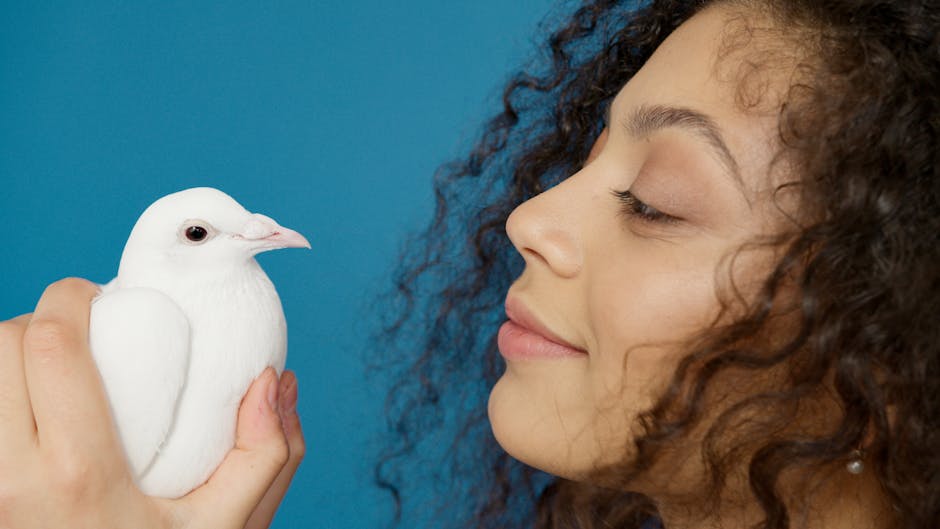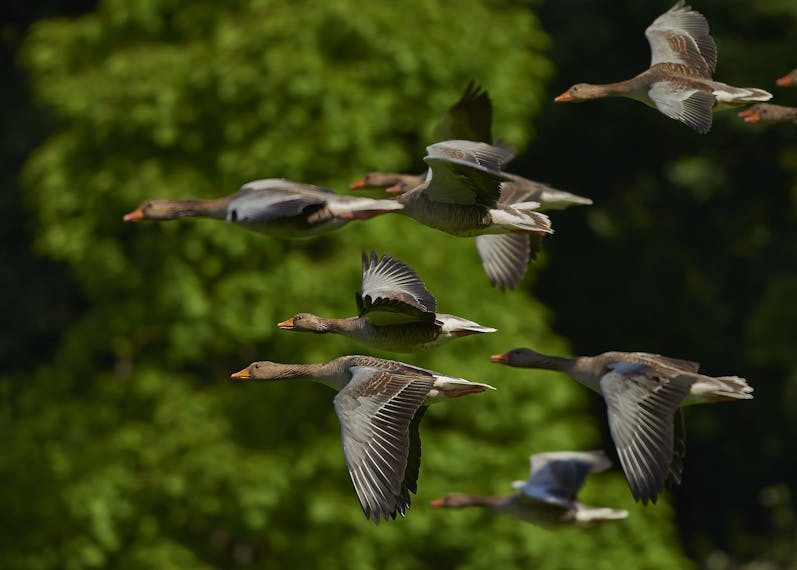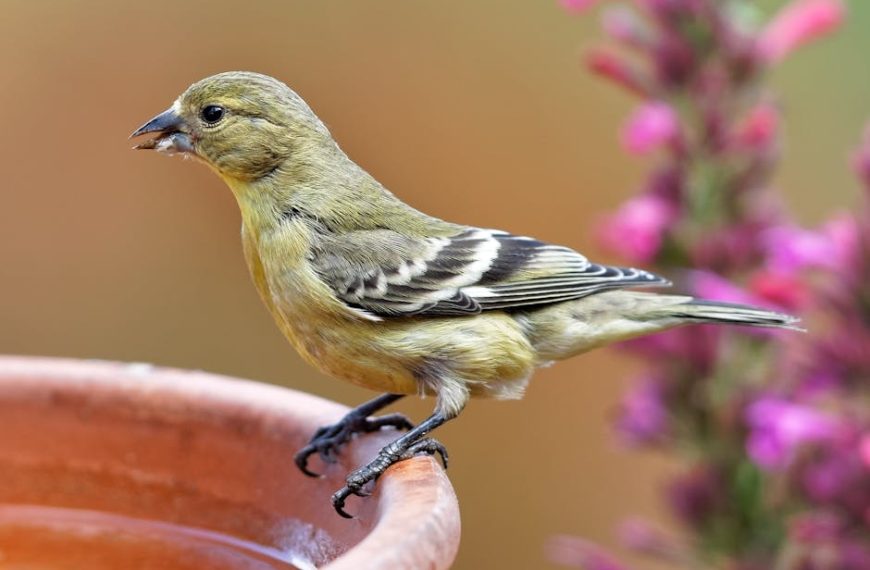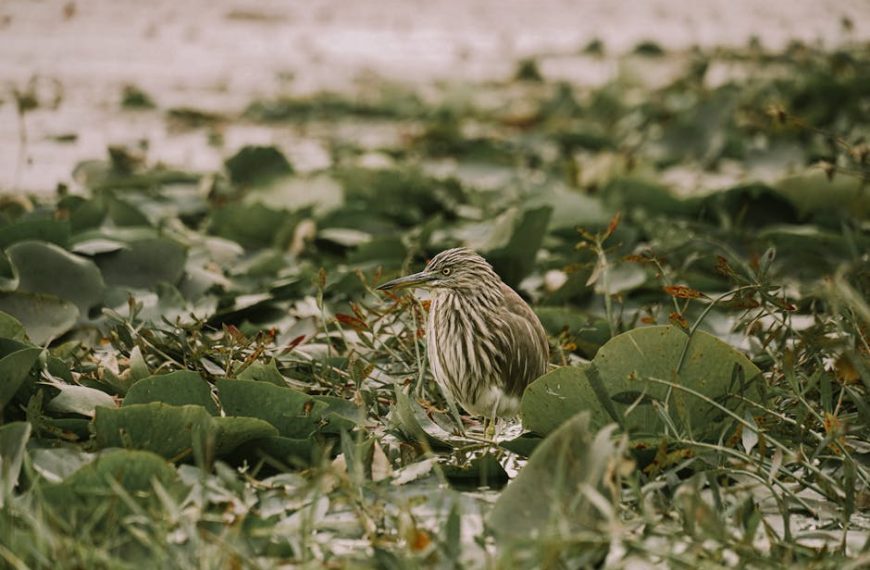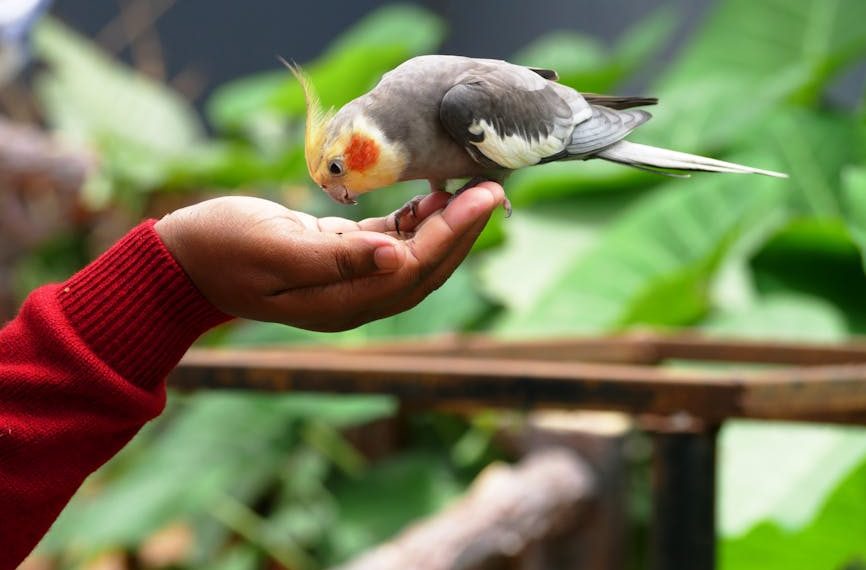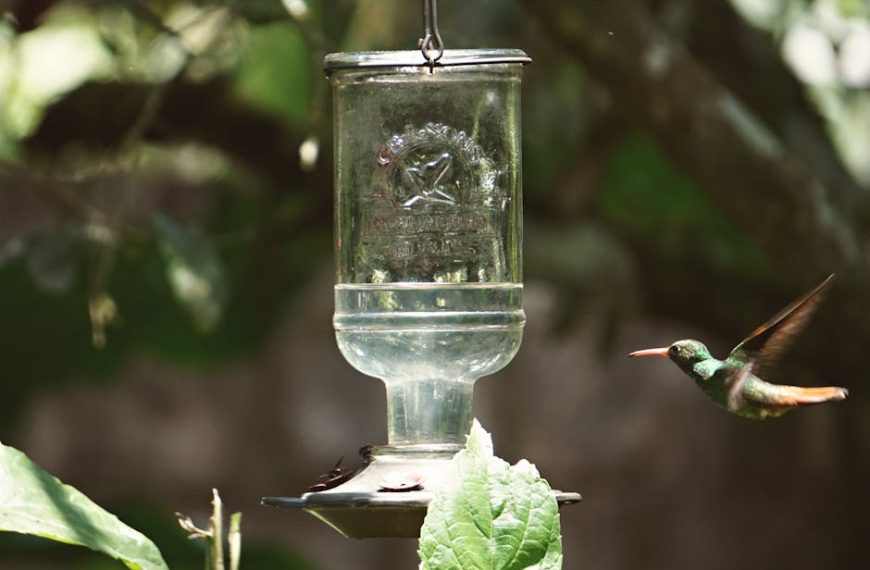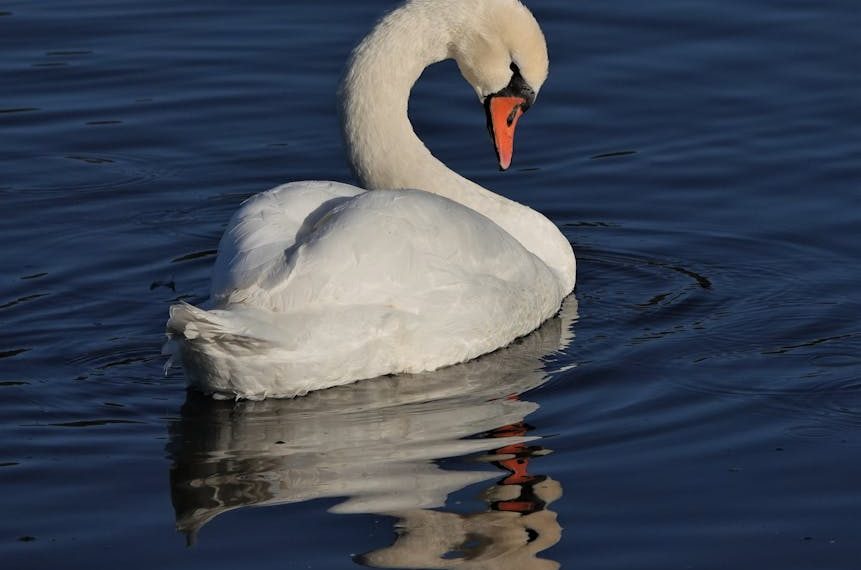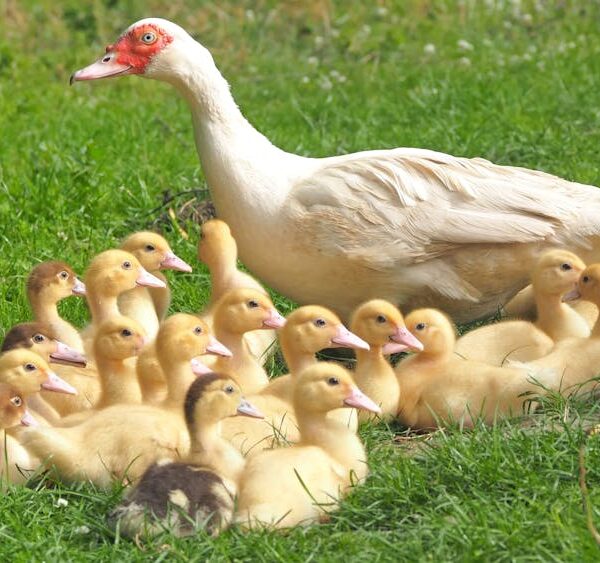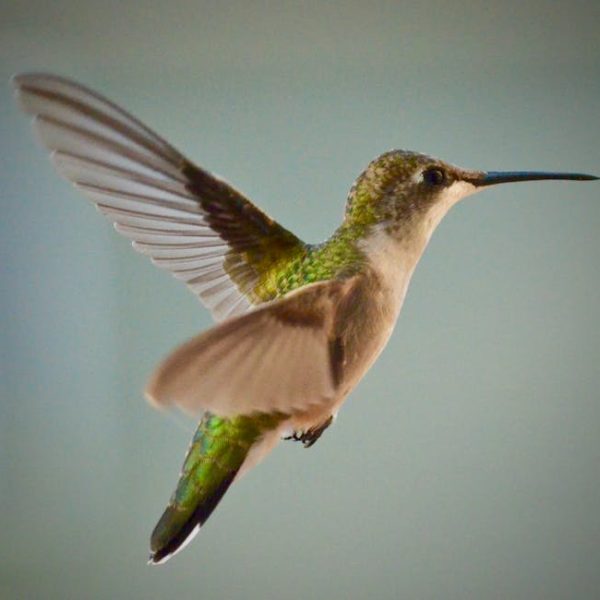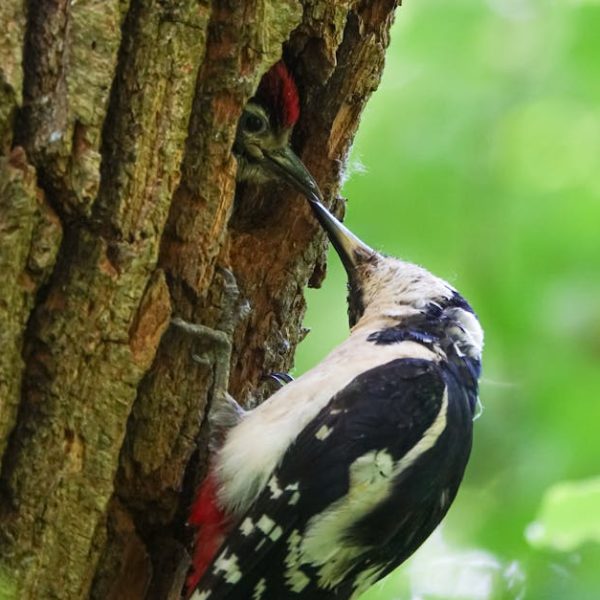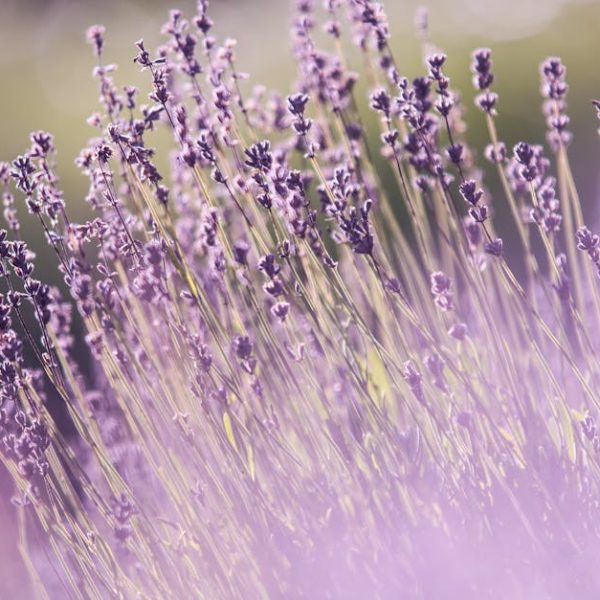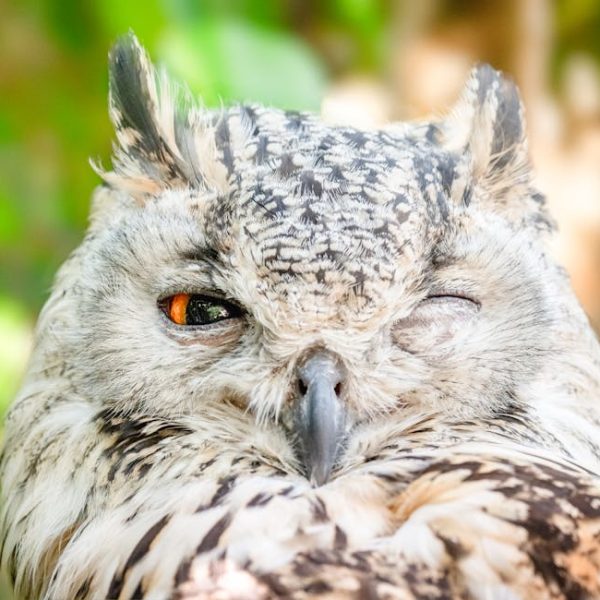Bird enthusiasts often aspire to create a multi-species aviary – like a private trove of feathered treasures. However, not all birds can coexist peaceably due to differences in temperament, habitat, size, and dietary needs. It’s not simply about providing space and food; rather, it encompasses understanding the unique behaviors and requirements of each bird species.
Factors that determine compatibility among different bird species can be compared to those of human relations: personality, personal space, food preferences, and social needs. Some birds like the Budgerigar or ‘Budgie’ are docile and sociable, making them ideal for cohabitation. Others might be introverted, territorial or have unique dietary requirements.
The keys to harmonious mixed aviaries are meticulous research, careful observation, and consistent maintenance. Researching individual bird species provides insight into their preferable companions. Once you have a mixed aviary, it’s crucial to monitor their interactions regularly to catch any signs of distress early on.
Pro tip: Each bird species has unique characteristics and needs. Familiarizing yourself with these is pivotal to pairing them successfully.
Compatible Bird Species for Your Aviary
Crafting the mini paradise of a thriving mixed aviary can be gratifying and rewarding. Certain bird species are known to coexist peacefully and are thus popular choices for multi-species aviaries.
The Zebra Finch is a cheerful, social bird usually accepting of other nonaggressive aviary dwellers. The Canary, famous for its melodic song, also prefers peace and quiet, making it compatible with other non-aggressive species. The same goes for Budgerigars or ‘Budgies’, and Cockatiels. Quaker Parrots, despite their relatively large size, can get along well with other birds given enough space.
For a harmonious aviary, always ensure there’s ample space and resources for all inhabitants to prevent territorial disputes. Regularly monitor bird interactions to address any brewing disagreements promptly, and maintain a diverse bird-friendly environment that mimics their natural habitat.
Best Bird Species Combinations
Successfully pairing bird species in an aviary involves more than just ensuring they won’t fight. It’s important to consider overlapping habitat preferences and social behavior as well. Some bird pairings known to flourish together in aviaries include Finches and Canaries, and Cockatiels and Budgerigars.
Despite their different species, Canaries and Finches share several traits complementing each other. They both prefer smaller enclosing spaces, and have non-aggressive nature, making them an excellent pairing. However, it’s worth noting that Canaries may be susceptible to diseases carried by Finches.
Budgerigars and Cockatiels, both native to Australia, share similar habitat and dietary preferences. Despite this, a word of caution, Budgerigars can become territorial, which can cause conflict in smaller spaces.
Tips for Introducing New Birds to the Aviary
Introducing a new bird to an established aviary can be challenging. The transition time can create unease amongst the current aviary inhabitants. Handle the transfer by first quarantining the new bird before introducing it to the aviary. This will prevent spreading potential diseases. Then, gradually introduce it to the existing birds and monitor closely for signs of aggression or distress.
Doing it slowly can ease the tension and uncertainties for both the newcomer and current bird residents. Always have a separate space prepared in case the new arrival does not get along well with its new neighbors.
Pro tip: A slow, patient, and consistent approach during introduction ensures smoother acclimatization and compatibility.
Handling Conflict within Your Aviary
No matter how compatible your mixed aviary species are, conflicts or disputes can still arise. Recognizing early signs of distress or aggression is essential in mitigating potential issues. Birds may express discomfort through changes in behavior or vocal cues- this requires one to be observant and responsive to such signs.
The initial step in conflict resolution involves identifying the problem. Is ita lack of space, food sharing issues, or is a particular bird being overly aggressive? Consult a bird specialist if required to pinpoint the root cause of the strife.
Next, separating the conflicting birds may be necessary. A temporary move to another enclosure can reduce tensions and allow you time to find a solution without further agitation among the birds. After the situation has deescalated, reintroduce the birds gradually and observe their behavior closely.
Continuous monitoring is key. Even after the conflict appears to be solved, you need to remain vigilant for some time to ensure the peace continues.
It’s also helpful to regularly rotate toys, feeders, and perches within the aviary. By disrupting habitual territorial claims, such rotations can play a major role in reducing the chances of future conflicts.
In Summary
Creating a mixed species aviary is not a task to be taken lightly; it demands thorough research, meticulous observing, and regular maintenance. However, with the right birds and the correct measures in place, you’ll be on your way to constructing a peaceful, thriving feathered community right in your backyard. Remember, the key is in understanding each bird species’ unique nature, preferences, and needs and ensuring these are met in your aviary. Happy birding!
Key Takeaway:
- Aviary cohabitation is dependent on a variety of factors such as personality, personal space, food preferences, and social needs of each bird species.
- Not all birds are compatible due to differences in temperament, size, and dietary needs.
- Common bird species known to cohabitate well are Zebra Finch, Canary, Budgerigar, Cockatiel and Quaker Parrots.
- Best bird combinations include Canaries and Finches, and Cockatiels and Budgerigars.
- Conflict can still arise in a harmonious aviary, and handling such scenarios necessitates careful observation, prompt identification of the issue, and the application of solutions such as separation and reintroduction.
Creating a mixed species aviary can be an invigorating challenge, but with careful research, thoughtful configuration, and ongoing maintenance, you can create a vibrant avian community. Remember, understanding each bird species’ character, dietary needs, and habitat requirements are fundamental to successful cohabitation.
FAQs
Q: What are some signs of stress or discomfort in birds?
A: Birds may show signs of stress or discomfort through changes in behavior such as agitation, loss of appetite, or unusual vocal cues. They might also display more obvious signs like feather picking or self-harming behaviors.
Q: How do I prevent diseases from spreading in my aviary?
A: One effective way to prevent diseases is by quarantining new birds before introducing them to the aviary. Regular cleaning and disinfection of the aviary and bird utensils also help prevent the spread of diseases.
Q: How large should an aviary be for different bird species to coexist happily?
A: The size of an aviary depends on the number and types of bird species you plan to house. Regardless, it should provide ample space for each bird to fly, play, and carry out natural behaviors, while also accommodating perches, food bowls, and toys.
Q: Can I introduce more than one new bird to an aviary at a time?
A: Yes, you can introduce more than one new bird at a time. However, it’s important to monitor the introduction closely to make sure no bird is overwhelmed or distressed. The introduction should be done gradually to minimize stress and tension among the birds.
Q: What should I do if one bird is constantly being bullied?
A: If a bird is constantly being bullied, it is crucial to separate the bully and the victim. Seek advice from an avian vet or bird behaviorist to understand the root cause of the aggression.
We hope this article has given you a deeper insight into creating a harmonious aviary at home. Feel free to share this article and remember to explore other interesting posts on bird care and information on our website.
